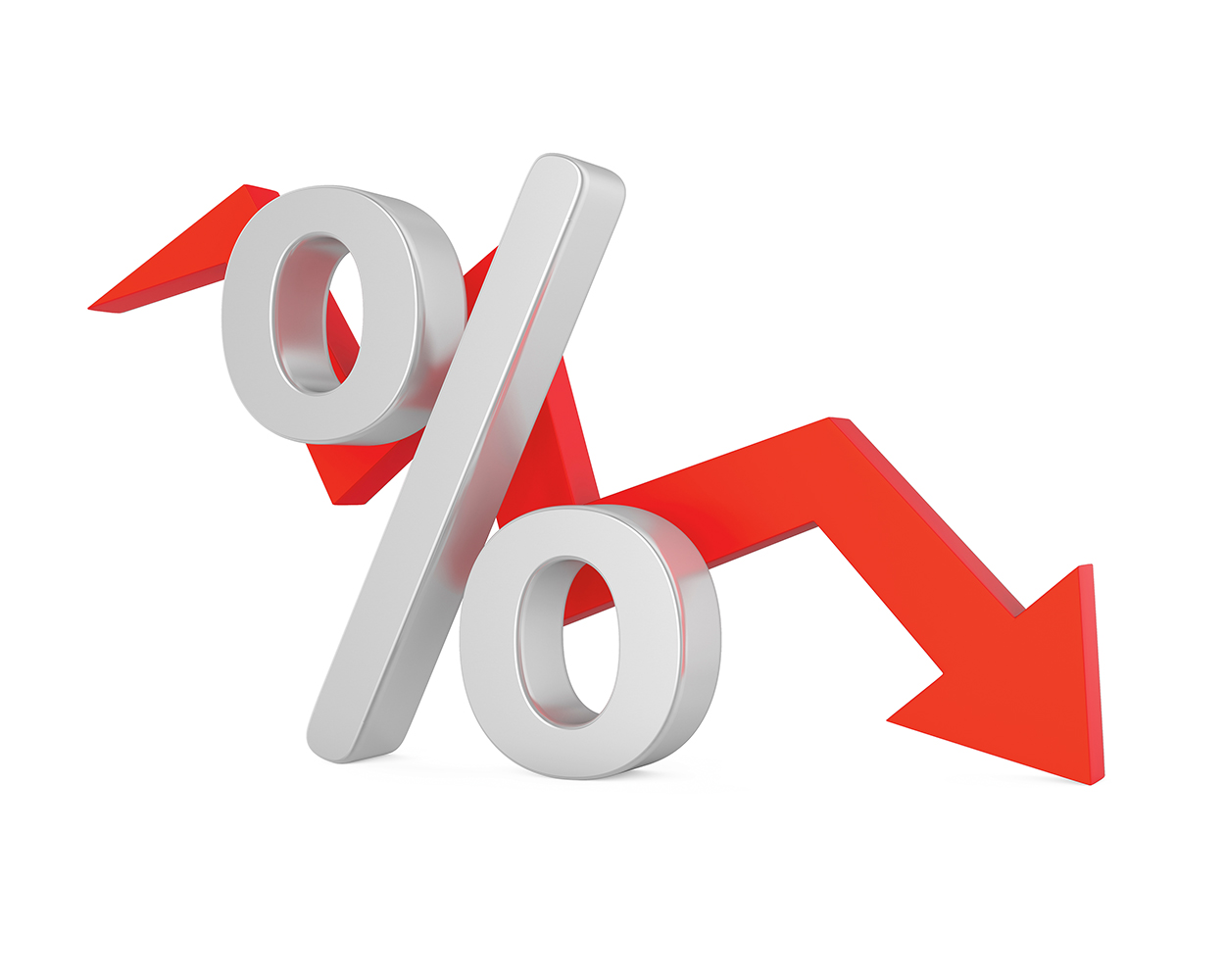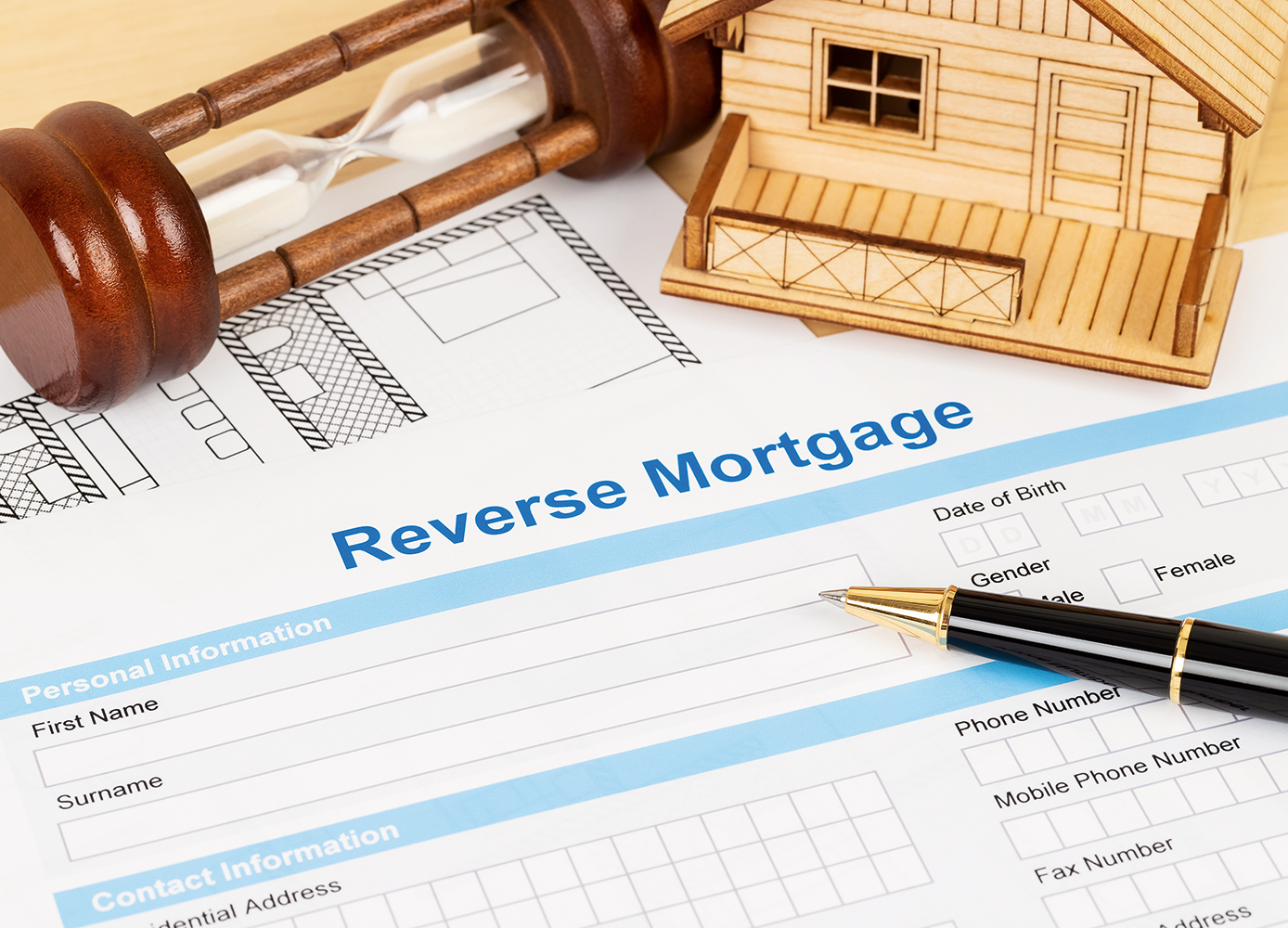For someone planning retirement, a mortgage that doesn’t require you to re-apply can make a lot of difference
By Olev Edur
When Darlene Wagner*, a 70-year-old divorcee working part-time as an optical technician in an Ottawa eyeglass store, looked to the future, she had some concerns about money. The mortgage on her bungalow was coming up for renewal soon, and although she still had enough income to qualify this time around, she wasn’t sure how much longer she would be working; afterwards, making payments would be tough, and there could be a problem qualifying for any further mortgage renewals. *(Name changed for reasons of privacy.)
“I didn’t want to think about selling my home—I’ve lived here for almost 20 years—but I worried about whether I could get a mortgage after I stopped working, and whether I’d be able to afford it,” Wagner recalls. “I don’t have a lot of savings to rely on and I have no pension plan other than Canada Pension Plan [CPP] and Old Age Security [OAS] benefits. So even though the mortgage balance is fairly small now, I wasn’t sure what would happen.
“I suppose I could get by—just—but what if I needed money for an emergency, such as repairing the roof or replacing the furnace?” she says. “Both of those are going to need to be done in the next few years anyway, and then I’d be stuck. I’d probably have to sell my home, and then what?”
These concerns led Darlene to investigate the possibility of a reverse mortgage, after seeing an advertisement on TV. When she found that the interest rate was double what she was currently paying on her mortgage, and that she’d have to pay a thousand dollars or more just to set it up, she was dismayed. “It seemed pretty expensive,” she says. “But then again, I didn’t see that I had any choice once I was retired.”
Fortunately, a friend suggested that Wagner consider adding a line of credit when she renewed her mortgage, and to do it while she was still working to ensure she qualified. He gave her the number of a local mortgage broker he himself had been using for years, and she ended up getting what’s known in the industry as a collateral charge, rather than a standard mortgage.
“It was a great solution,” Wagner says. “I was able to renew the mortgage at a lower rate than I had been paying, so even though there was a small penalty for early renewal, it was rolled into the new mortgage and I still ended up paying quite a bit less than I’d been paying before. The mortgage rate is variable, too, so now that interest rates have gone down even more, I’m paying almost $250 less than a year ago.
“Plus, I was able to get a line of credit for almost $100,000 at the same time, and I pay interest only on the money I actually use, at an interest rate that’s gone down to a third of what they wanted on the reverse mortgage,” she adds. “Moreover, as I pay down the mortgage, the line of credit increases. And I’ll never again have to re-apply, even once I’m retired. It’s perfect.”
If Wagner loses her job, she can draw from the line of credit to cover any remaining mortgage payments, as would be the case with a reverse mortgage, but the interest costs would compound much more slowly because of the lower interest rate. “It just gives me that much more breathing room,” she says.
Wagner is one of an increasing number of homeowners young and old who have been turning away from the “standard charge” mortgage to an arrangement called a collateral charge. This concept has been around for years, but it’s become increasingly popular in recent years. In fact, home equity lines of credit (HELOCs) are in themselves a form of collateral charge. And they can be an ideal financial arrangement for homeowners approaching retirement who are concerned about keeping their homes after they retire.
Indeed, as Christine Ibbotson, author of Don’t Panic: How to Manage Your Finances and Financial Anxieties During and After the Coronavirus and How To Retire Debt Free & Wealthy, noted recently in one of her syndicated askthemoneylady newspaper columns: “As an adviser to high-net-worth clients, I have always recommended setting up a collateral charge for every client regardless of their debt or savings situation.”
So what exactly is a collateral charge, how do you get one, and what are the drawbacks, if any? And why are the banks willing to lend you even more than your house is worth?
“A collateral charge is basically a pre-registered loan,” explains Peter Mathenji at Mortgage Architects in Mississauga, ON. “You can arrange for any amount you want, although that doesn’t mean you’ll actually get that much money—it just means you could get up to that much without ever having to re-apply. For example, if I have a home worth $1 million, I might want to get a collateral charge against it for $2 million because I think it’ll be worth that much down the road. How much I actually get depends on how much collateral I have.
“You can have multiple accounts within that charge,” Mathenji adds. “You could have a couple of lines of credit and a couple of different mortgages, whatever you want. They can be fixed rate or variable, although history has shown that fixed-rate loans are losers because they always end up costing more than variable rate loans.”
The collateral charge is permanent—you never need to renew. And although the mortgage component may have a fixed term, typically five years, you never need to re-qualify unless you want to change the terms of the arrangement, for example, by increasing the limit or moving the charge to a different lender. “As long as you stay with the same lender, the renewals are automatic,” Mathenji says.
Of course, there are some caveats to these arrangements, as there are with any financial contract, so professional advice, such as that provided by a lawyer, is in order. And as with any mortgage, you need to qualify at the outset based on your income and your home equity, meaning you should set it up before you stop working. But as Wagner found, the benefits can far outweigh the disadvantages; in fact, for someone in her situation, the disadvantages may be largely irrelevant.
One of those disadvantages is limited transferability. While virtually all financial institutions now offer collateral charge arrangements (they may not be called that—the Scotia Total Equity Plan (STEP) mortgage is but one example), they may vary somewhat in the details (such as interest rates), so one company’s product may be unacceptable to another company. The net result is that, if you ever want to transfer to another lender, you may be required to go through the whole re-qualification process, with its attendant costs.
Generally, too, if you try to transfer to another institution down the road, you’ll be required to pay off all the debt remaining on the books at the time of transfer. This could mean not only the mortgage and line of credit balances, but probably also any other debts you have with that same institution, such as car loans, credit card balances, and even overdraft balances.
Needless to say, going through the qualifying process again once you have retired is a non-starter. By the same token, if you’re going to discharge all your outstanding balances so you can transfer to another institution, you’ll probably have to sell the house to cover those costs, unless of course you have sufficient investment assets to cover them. In other words, once you enter one of these arrangements, you could be locked in for life, or at least until you do want to sell your home.
On the other hand, if you’re approaching retirement, one of the great attractions of collateral charge arrangements is that they continue for life, without no further need to periodically renew (and none of the attendant costs). For many retirees, then, the limitations in renewability are moot. Furthermore, as these products grow in popularity and the competition between issuers increases, most advisors suggest it is becoming increasingly easy to make a transfer.
Nevertheless, each institution’s offerings can differ, so if you do want to consider a collateral charge, professional advice is essential, because they are contracts that have more moving parts than a standard mortgage.
Photo: iStock/AlexRaths.





